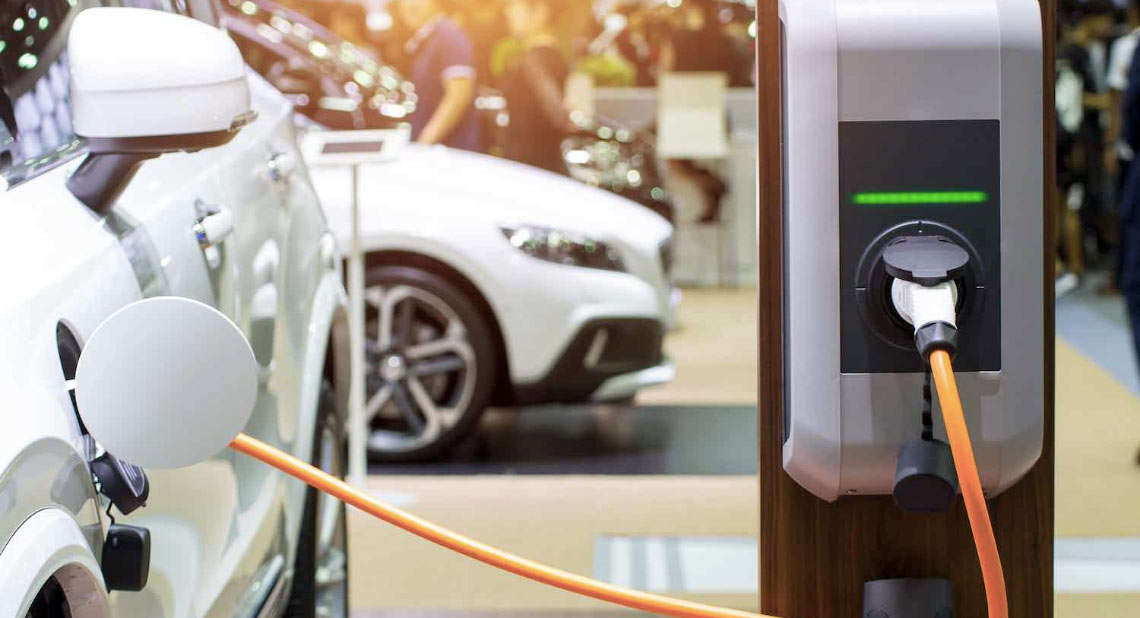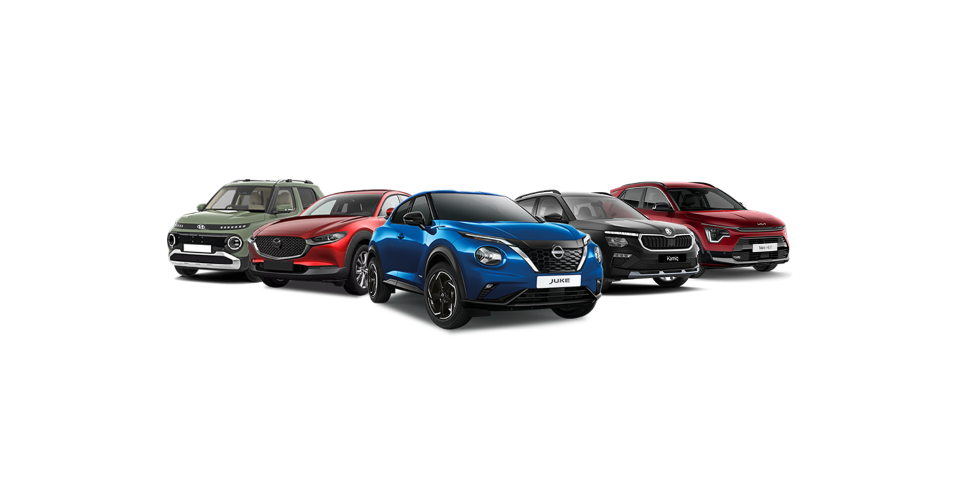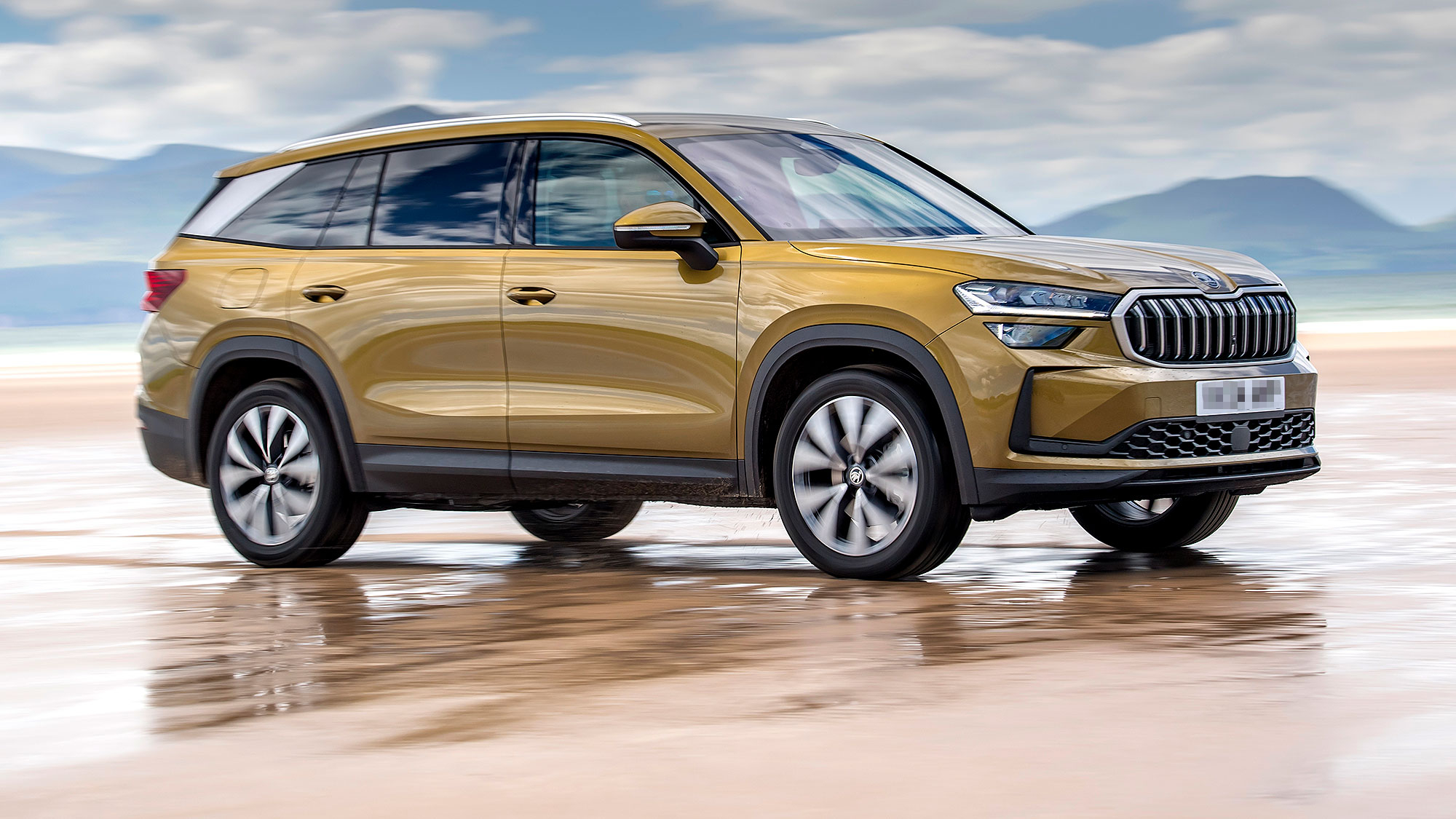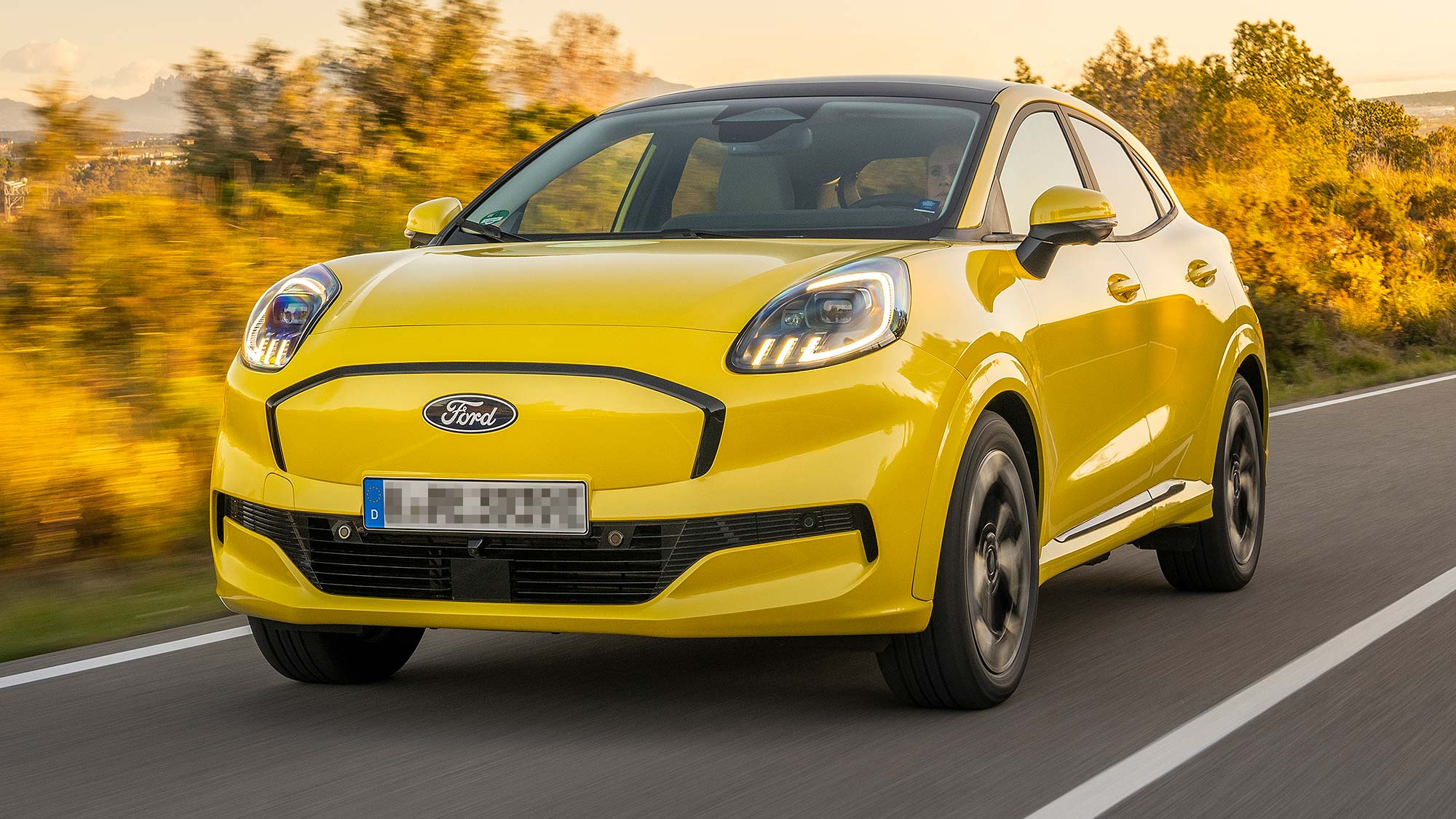Hybrids continue to grow in popularity and, while the future seems to point towards fully electric vehicles, we can expect the number of hybrids in the UK to keep increasing for some time. As they use a hybrid of both fuel and electric power, hybrid cars are considered a more environmentally friendly option, as well as, in many cases, being cheaper to run.
Although hybrids are a desirable type of car at the moment, they’re not for everyone – reads this article to find out if they’re right for you and your needs.
How much do you drive?
If you’re a regular high-mileage driver, then a hybrid might not be for you. A diesel car is better for motorway commutes because the electric motors on hybrids don’t give much assistance over a specific speed. This means that on a cruise, a hybrid vehicle returns to being a petrol-propelled car – but one weighed down by an electric motor and a battery.
That’s not to say a high-mileage motorist wouldn’t see the cost advantages of a hybrid compared with a regular petrol vehicle – but motorway users will still prefer diesel.
The benefits of a hybrid are mostly experienced while driving around town. The electric motor can take the burden of low-speed work where a combustion engine is at its dirtiest, with the engine kicking in only when required.
Do you have access to a charging point?
If you’re leasing a plug-in hybrid, having somewhere to charge it up at home is vital. These vehicles benefit most from routine charging, allowing drivers to make the most of the electric-only range before turning on the combustion engine.
Most of these cars, with ranges of approximately 30 miles on pure battery power, will cover a standard commute without ever turning on their engines – which is a formula for some considerable cost savings.
If you’re leasing a standard hybrid car, that’s one with no plug – then you’ve nothing to be worry about when it comes to charging points. These vehicles don’t need charging and can be used as a regular petrol or diesel set of wheels. You can run one even without a driveway, garage, or home charging point.
Hybrids available on the Motability Scheme
If you think a hybrid is for you, the Motability Scheme offers several models. Remember that some hybrids are ‘plug-in’, meaning you need to charge them to take full advantage of savings, while non-plug-ins mean the batteries powering the electric motor are recharged by the engine while driving. Not all hybrids run on electric power alone, so make sure you know what the car is capable of before making a decision.
Suzuki Swift
This is a supermini with charming looks. It’s not the most sophisticated car on the market, but it’ll help save you money. Its 1.0-litre engine is aided by an electric motor, returning 65mpg and 98g/km of CO2, which is impressive.
The little Swift can’t run on electric power alone, but the SHVS system (‘Smart Hybrid Vehicle by Suzuki’) recovers energy from deceleration and helps the engine at low revs, so the engine’s small size is misleading.
It has five seats, but isn’t the roomiest if you’re tall. You’ll get 265-litres of boot space so, despite its compact size, it has a large boot capacity.
Toyota Prius
You can’t talk about hybrids without mentioning the car that started it all. The Prius is looking sharper nowadays and remains one of the most popular hybrids.
This is a plug-in, so you’ll need to charge it up if you want to take full advantage of the savings and enjoy a possible 235mpg. It runs up to 39 miles purely on electric power so, if you’re making shorter journeys, this is a top way to save money – if you can charge it.
It’s slow to accelerate when running off the engine, but it’s comfortable, and boot space is an adequate 360-litres. It produces just 28g/km of CO2, so it’s ultra-environmentally friendly, has an automatic gearbox and a Euro NCAP 5-star safety rating. There are only four seats, though, rather than the usual five seats you might expect.
Kia Niro
Though a ‘small SUV’, the Kia Niro is still one of the larger hybrids offered on the Motability Scheme.
It’s got front-wheel drive, a 1.6-litre petrol engine with an automatic gearbox, five seats, fuel economy of 76mpg and it produces 86g/km of CO2, though it’ll only run on electric power alone at low speeds.
The Kia Niro is one of the better hybrids to drive and, despite being tall, handles well. Don’t expect it to match performance cars, though, if fun is what you’re after.
It’s practical, with 427-litres of boot space and plenty of legroom, so when you add the low running costs, the Niro is worth seriously considering.
Choose your vehicle
You can search the full range of cars on the Scheme using our car search tool. If you are already a customer, you can find out more about the process of getting your next car and see a month-by-month breakdown of the process leading up to the day of collection.
The Motability Scheme allows you to exchange all or part of your mobility allowance for leasing a car, scooter or powered wheelchair. For more information about joining the Scheme and possibly leasing one of the vehicles in this article, use our eligibility checker and request a free information pack.
Related articles
What does fuel consumption mean?
What are the latest green driving trends?
Driving economically: How to save fuel
![]()





